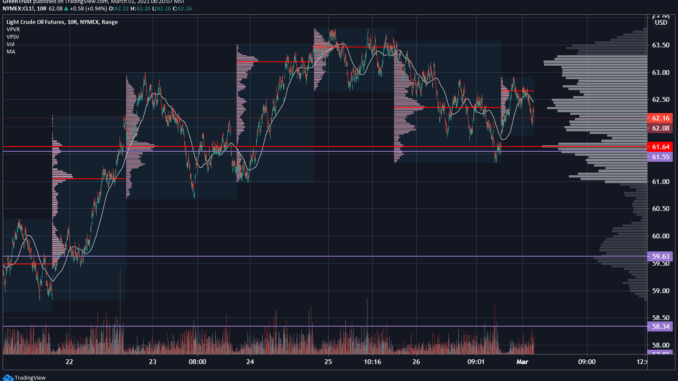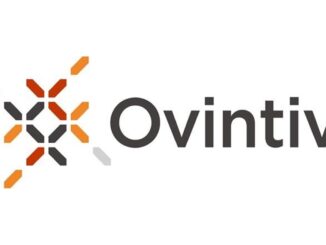
New York — Crude oil futures finished the week sharply lower as a stronger dollar and expectations of rising global supply continued to pull prices off 13-month highs seen earlier this week.
NYMEX April WTI settled $2.03 lower at $61.50/b and ICE April Brent declined 75 cents to $66.13/b.
Notably the Feb. 26 session was the last day of trading for the April Brent contract, and its prompt expiry may explain why it showed a relatively modest 1% decline compared with front-month WTI, which slid more than 3% in the session. The second-month Brent contract settled down around 2.6% on the day.
Oil price declines accelerated late in the session as the US dollar tested three-week highs. The ICE US dollar index was around 0.8% higher in afternoon trading at around 90.905, the highest since Feb. 17 and testing levels last seen in early February.
NYMEX March RBOB settled down 1.53 cents at $1.8770/gal and March ULSD finished 5.01 cents lower at $1.8565/gal.
Rising US bond yields as investors priced in expected higher inflation as a result of government stimulus and a quick economic recovery were driving the dollar higher. A stronger dollar makes oil more expensive for buyers using other currencies.
A University of Michigan report released Feb. 26 showed February consumer sentiment exceeded market expectations but was still down from January. The report showed inflation expectations of 3.3% for 2021, unchanged from the previous month’s report and the highest since 2014.
Expectations of an announcement of supply increases from OPEC+ at its next meeting on March 4 and concerns over the scale of spare Saudi capacity were also dragging on oil prices.
“A return to the originally planned phase 3 would mean an increase in supply of 2.25 million b/d versus March levels,” HSBC’s Global Head of Oil and Gas Equity Research, Gordan Gray, said. “Market fundamentals could probably just about absorb such an amount in Q2 — if demand recovers enough — but an announcement of an immediate increase on this scale would risk spooking the market badly. The most likely outcome is a staged move to phase 3 supply levels — probably a 0.5 million b/d increase at most in April.”
“A conservative agreement should support prices in the short term but there’s still much more spare capacity in OPEC+ than there is likely demand growth,” Gray said. “Global demand could conceivably be 5-6 million b/d higher in H2 2021 than in Q1, but this must be seen against around 8 million b/d of OPEC+ supply curbs still in place.”
RBOB cracks rise amid US refinery restart
ICE New York Harbor RBOB crack versus Brent edged up to $16.37/b in afternoon trading, just 5 cents under the one-year high seen last week.
The majority of the plants along Texas’s refinery row are in the process of restarting, these plants are not likely to return to their pre-storm capacity until mid-March, according to company statements and filings made with state regulatory agencies detailing emissions events, which go along with plant restarts.
S&P Global Platts Analytics estimates that about 5.4 million b/d of US Gulf Coast crude capacity was down for the week ended Feb. 26, out of the region’s 9.96 million b/d. Almost all of the outages were in Texas, which has 5.1 million b/d of crude processing capacity at its coastal refineries and 742,000 b/d of inland refining capacity, according to US Energy Information Administration data.



